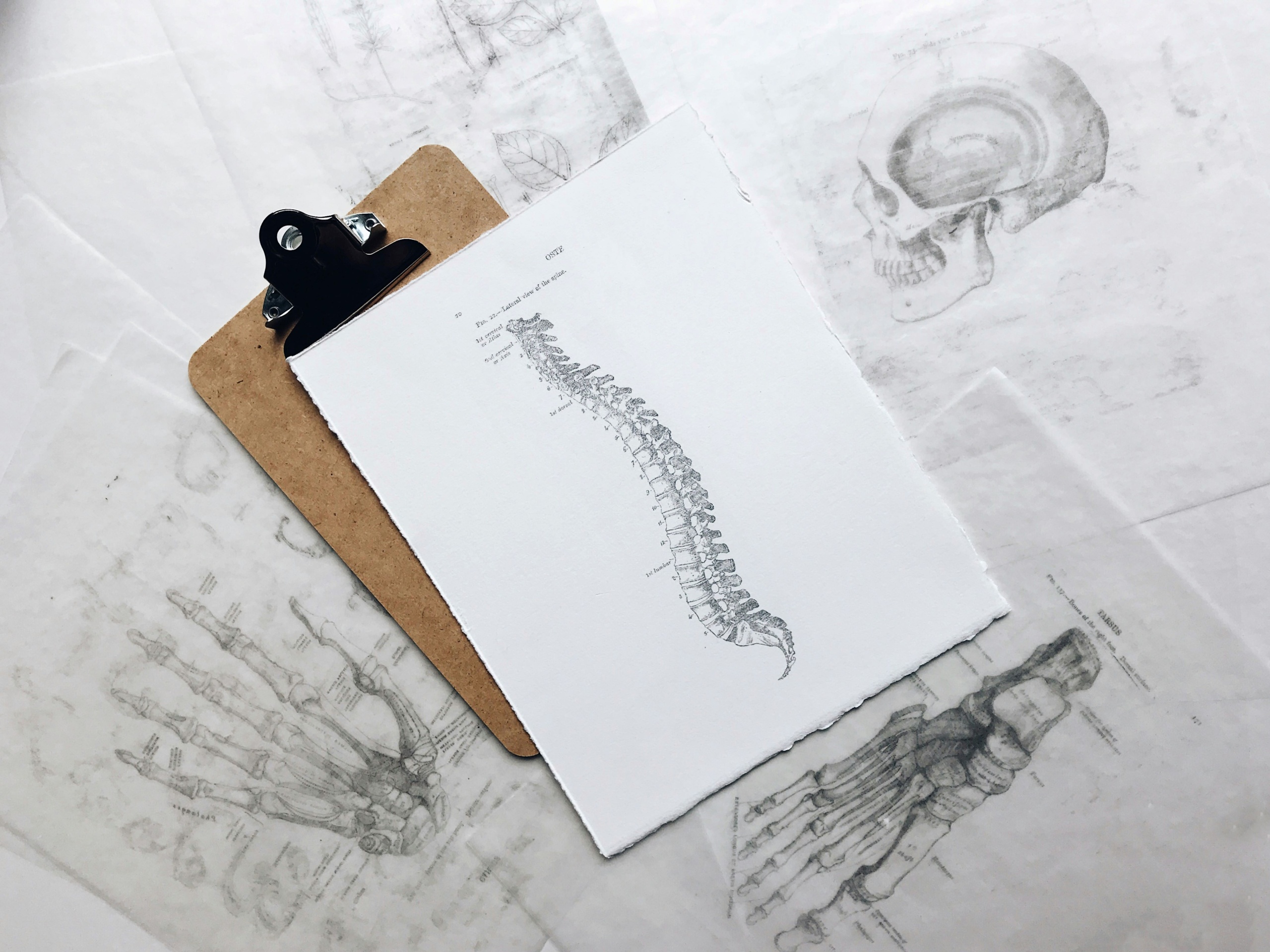Lumbar laminectomy, a surgical procedure designed to alleviate back pain and discomfort caused by spinal stenosis, has emerged as a beacon of hope for many suffering from chronic back issues. This guide aims to demystify the lumbar laminectomy procedure, exploring its benefits, risks, and the recovery process, while also considering the needs of diverse groups such as elder care recipients, individuals with dementia, and those requiring in-home care.
General Overview of Lumbar Laminectomy
Lumbar laminectomy is primarily recommended for patients who have not found relief from non-surgical treatment options such as physical therapy, medications, or corticosteroid injections. The procedure is a testament to the advancements in spinal surgery, offering a solution that can significantly improve the quality of life for patients suffering from severe back pain and mobility issues. However, understanding the procedure’s scope, the recovery process, and the life post-surgery is essential for anyone considering this surgical option.
The surgery itself is performed under general anesthesia, with the patient lying face down. The surgeon makes an incision in the lower back, through which the muscles are moved aside to access the spine. Using specialized tools, the lamina is then carefully removed, along with any other structures contributing to nerve compression. The incision is closed with sutures or staples, marking the end of the surgical procedure. While the concept of spinal surgery may seem daunting, lumbar laminectomy has been refined over the years to maximize safety and efficacy.
Despite the potential for significant improvements in symptoms, patients must be fully informed of the possible risks associated with lumbar laminectomy. These risks include infection, bleeding, nerve damage, and the potential for spinal instability. Additionally, there is always a chance that the surgery may not fully alleviate the symptoms, necessitating further treatment or even additional surgery in the future.
The recovery period following a lumbar laminectomy varies from patient to patient, influenced by the individual’s overall health, the complexity of the surgery, and their commitment to post-operative care. The initial recovery phase involves managing pain, preventing infection, and gradually increasing physical activity under the guidance of healthcare professionals. A successful recovery often includes physical therapy to strengthen the back and improve flexibility, helping patients return to their daily activities and enjoy a higher quality of life.
Specific Insights on Lumbar Laminectomy
The advent of minimally invasive techniques for lumbar laminectomy has marked a significant advancement in spinal surgery. These techniques, characterized by smaller incisions and less tissue disruption, offer patients the benefits of reduced recovery times and minimized post-operative discomfort. However, understanding the distinctions between lumbar laminectomy and other spinal procedures, such as discectomy, is crucial for patients considering their surgical options. While lumbar laminectomy focuses on relieving pressure by removing the lamina, discectomy targets the removal of herniated disc material that impinges on nerves.
Evaluating the candidacy for lumbar laminectomy involves a thorough assessment of the patient’s symptoms, overall health status, and the effectiveness of non-surgical treatments attempted. Although complications are relatively rare, they can have significant implications, underscoring the importance of a well-informed decision-making process. Furthermore, the financial aspects of the surgery, including the cost and insurance coverage, are critical considerations for many patients.
Informational Aspects of Lumbar Laminectomy
A deeper understanding of spinal anatomy enhances the comprehension of how lumbar laminectomy addresses nerve compression issues. By expanding the spinal canal space through the removal of the lamina, the procedure effectively reduces the pressure on spinal nerves, thereby alleviating pain and improving mobility. Educational resources, including detailed animations or videos of the lumbar laminectomy procedure, can provide invaluable insights, helping patients and caregivers set realistic expectations for the surgery and recovery process.
The success rates of lumbar laminectomy are generally favorable, with many patients reporting significant improvements in their symptoms. However, outcomes can vary based on the individual’s specific condition, the severity of spinal stenosis, and the presence of other spinal issues. A comprehensive comparison of laminectomy techniques, including traditional versus minimally invasive approaches, offers patients a clearer understanding of their options, facilitating more informed choices about their care.
Conclusion: Navigating Your Path to Relief
The journey toward deciding on lumbar laminectomy as a treatment option is deeply personal and requires careful consideration of various factors. Patients must engage in open and thorough discussions with their healthcare providers, exploring the full spectrum of benefits and risks associated with the procedure. Questions regarding the surgeon’s experience, the expected recovery timeline, and the potential for alternative treatments should be addressed to ensure a well-rounded understanding of the surgical process.
In conclusion, lumbar laminectomy stands as a significant surgical option for those battling the effects of spinal stenosis. By offering a detailed exploration of the procedure, its implications, and the considerations involved, this guide aims to empower patients and their caregivers with the knowledge needed to make informed decisions. Through careful planning, consultation with medical professionals, and consideration of personal health goals, individuals can navigate their path to relief, aiming for a future with reduced pain and enhanced mobility.




